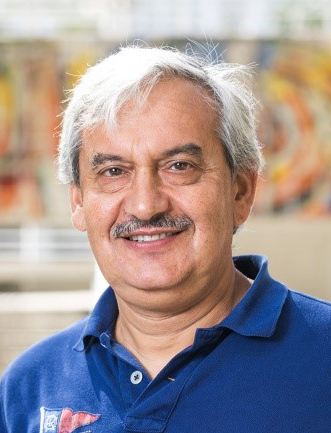

题目:The Mechanism and Kinetics of Oxidation of Aromatic Radicals in Combustion Flames: A Theoretical View
时间:2019年3月6日 14:00
地点:suncitygroup太阳新城官网 F310会议室
邀请人:李玉阳 教授(内燃机研究所)
Biography
Alexander M. Mebel received his bachelor's degree in physical chemistry at the Moscow Institute of Steel 
and Alloys and his Ph.D. degree in physical chemistry at Kurnakov's Institute of General and Inorganic Chemistry of Russian Academy of Science in Moscow, Russia. After postdoctoral appointments in Germany, Japan, and USA, his first faculty position was at the Institute of Atomic and Molecular Sciences in Taiwan, and in 2003 he joined the Department of Chemistry and Biochemistry of Florida International University in Miami, Florida, USA, where he is currently Professor of Chemistry. His current research interests include theoretical quantum chemical studies of mechanisms, kinetics, and dynamics of elementary chemical reactions related to combustion, atmospheric, and interstellar chemistry.
Abstract
The presentation will describe ab initio calculations of potential energy surfaces in conjunction with RRKM-Master Equation calculations of reaction rate constants and product branching ratios aimed to unravel the mechanism and kinetics of oxidation of aromatic and polycyclic aromatic radicals in combustion flames. Recent kinetic modeling studies identified the principle PAH and soot oxidation mechanism to include the formation of oxyradicals, their decomposition, formation of hard-to-oxidize embedded five-member rings, and oxidation of the latter predominantly by O atoms. The analysis showed O as the most effective oxidizer of the embedded five-member rings, which controls the rate of the overall oxidation. The model predicted fast oxidation during a brief initial period followed by a slow-oxidation one related to the oxidation of five-member rings. In relation to this mechanism, we will address the prototype oxidation reactions of six-member rings in phenyl, naphthyl, and pyrenyl radicals and of five-member rings in cyclopentadienyl and indenyl radicals. The difference in the reaction mechanism at low and high combustion temperatures and the efficiency of different oxidizers present in flames, such as O2, O, and OH, will be discussed.
